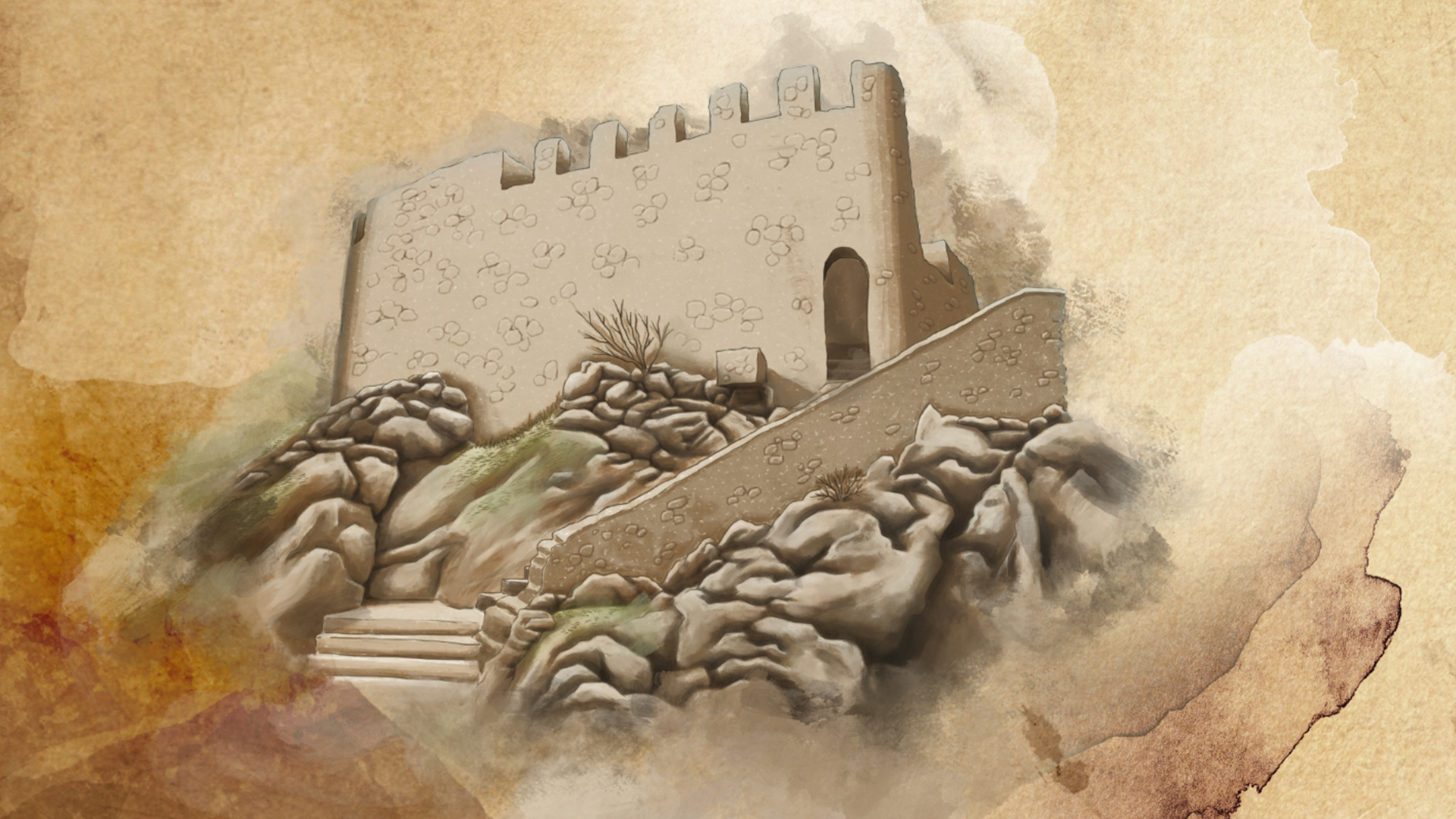The Idanha-a-Nova Castle, located in the town of the same name in a strategic position on the river Pônsul valley, allowing a wide view over the surrounding territory, was built in 1187 by the Order of the Temple, under the direction of Master D. Gualdim Pais.
Built as a result of the donation of Idanha-a-Velha and Monsanto to the Order of the Temple in Portugal on 30th November 1165 by King Afonso Henriques, the castle was oval in shape, with the main door flanked by two towers, one of them polygonal, with a very pronounced wing, and also housing a cistern. In the centre, there was the keep, of stonework, battlemented, with a small, raised portal, constituted by two floors, whose access was made by a staircase from the house of the Commendatory abbot. Two centuries later, it underwent an intervention, and the barbican dates from that time.
With an architectonic typology similar to the other castles that the Order of the Temple built between the 12th and 13th centuries, the castle was eventually responsible for the emergence of Idanha-a-Nova, which meant the progressive transference of social and political centrality from Idanha-a-Velha.
A decisive bastion in the eastern defence line of Portuguese territory, aiming to populate and reinforce its defence, King Sancho I granted it a charter in 1206, and donated its domains to the Order of the Temple.
Having entered a process of progressive degradation, due to the loss of military usefulness, Idanha Castle was to be flattened and adapted to a belvedere, keeping only small remnants of the medieval fortress.
Idanha Castle
